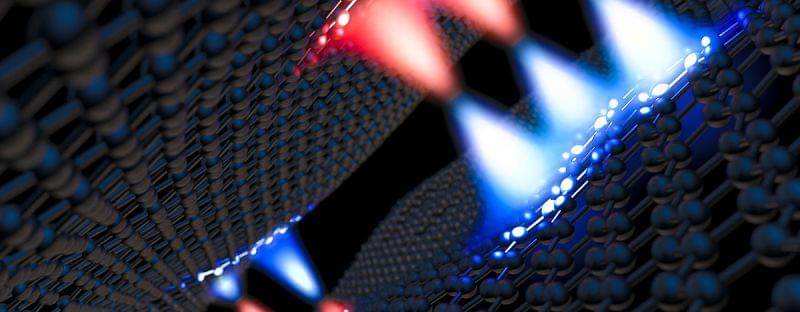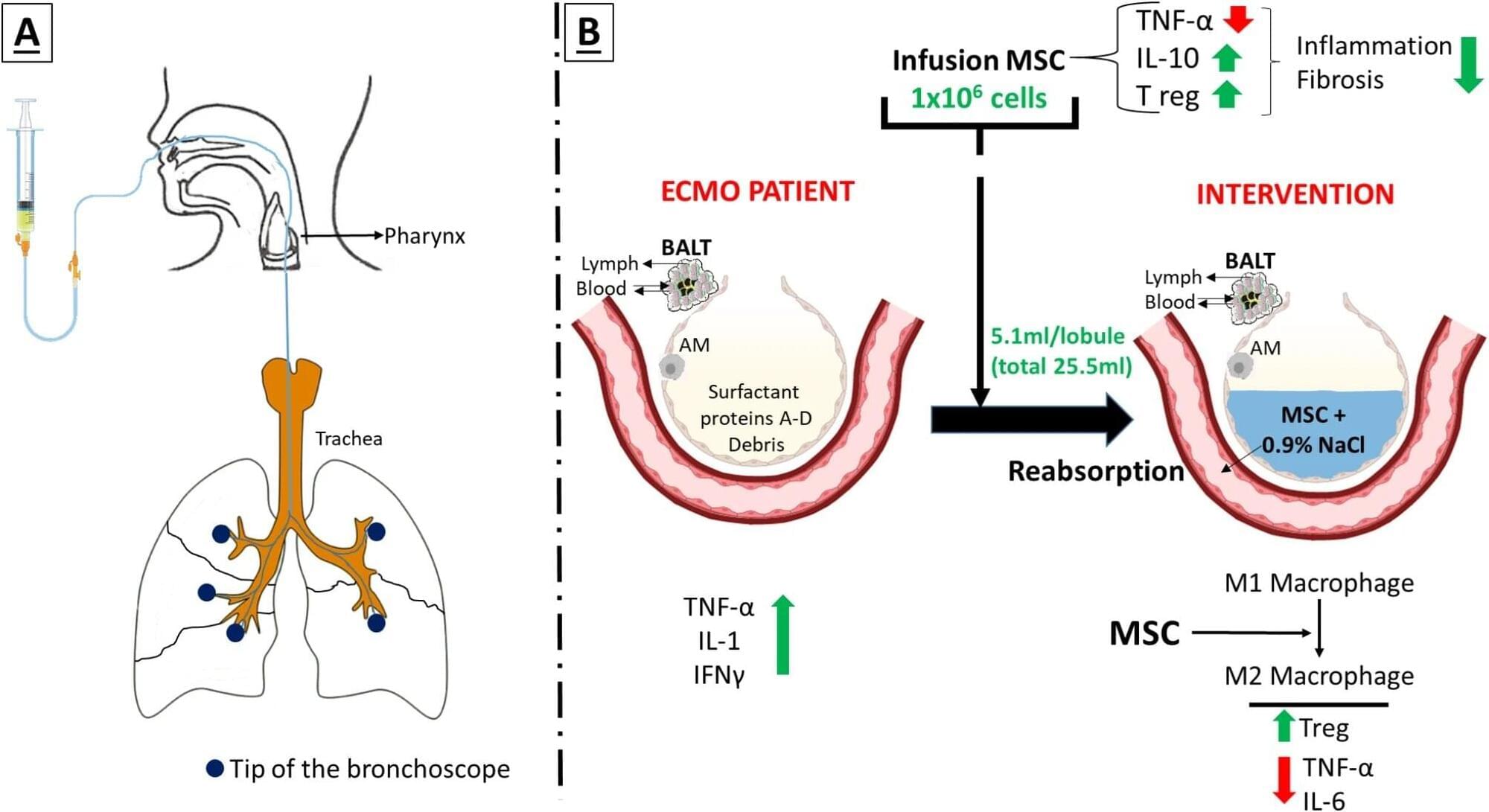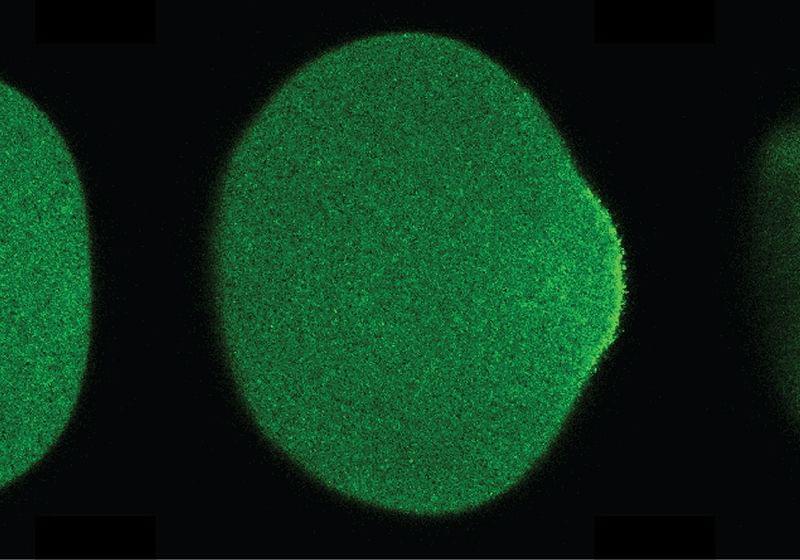Tissue from other organs, such as rat hearts and livers, has also been successfully cryopreserved and revived before. Whether this could eventually translate to putting an entire organ—or even an entire organism—in a state of suspended animation requires future research. Some animals produce their own cryoprotectants as they transition to a state of torpor to avoid harsh winters. This is something else scientists could learn from in the pursuit of artificial suspended animation. Alien and Foundation are onto something. Putting humans into a state of suspended animation during spaceflight would drastically reduce the risk of tissue damage caused by microgravity and extreme radiation. No one is trekking to Mars—at least not yet—so we still have time. But even just the thought is no less tantalizing.









